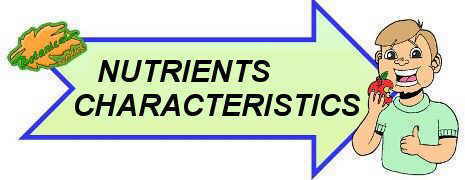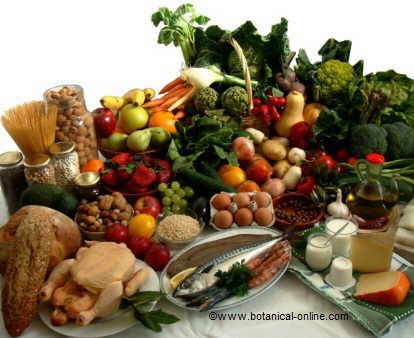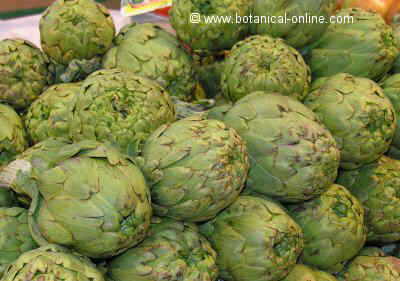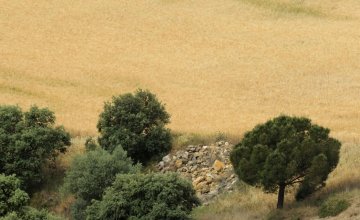Contents
How to explain what oil is to school-age children
What is oil?

A salad of tomato, lettuce, fresh cheese and olive oil is a rich, fresh dish with many nutrients
Oil is a type of fat, which at room temperature has a liquid, yellowish texture, and which is obtained from vegetables. That is, oil is a vegetable fat.
Oil is obtained from nuts, seeds or olives. These foods are very rich in oil and, when pressed, we obtain a fatty liquid, such as the well-known olive oil or sunflower oil.
Animal fats, on the other hand, have a solid texture oil at room temperature, such as butter or the white “little spots” we see in some meat sausages.
Advantages of vegetable oils over animal fats
Vegetable oils are more beneficial to the body than fats of animal origin, because they are of vegetable origin are of better quality: the oil contains omega 3, 6 and 9, and animal fat contains cholesterol.
What oils are there?
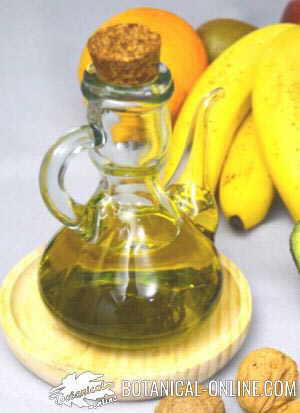
Photo of olive oil
Although the best known are olive oil and sunflower oil, there are also walnut oil, sesame oil, rapeseed oil, flax oil, among others.
The healthiest oil is olive oil.
What is oil for?
Good quality oil, like olive oil:
- Protects the heart from diseases
- Cares for the skin
- Prevents diseases such as cholesterol.In addition, the oil is rich in vitamin E, which is a potent antioxidant.
- In the kitchen, the oil gives better texture and flavor to foods, and helps to cook them.
How much olive oil should be taken?
Although it is difficult to measure how much olive oil we take each day, approximately we should take between 3 and 5 tablespoons daily.
We take oil in soups, salads, bread, vegetable dishes, etc, …
Keep in mind that fried foods contain a lot of oil, therefore, we must use less oil to dress the salad the day we take fried.
Characteristics of nutrients
Child feeding course index
![]() More information on nutrition.
More information on nutrition.

